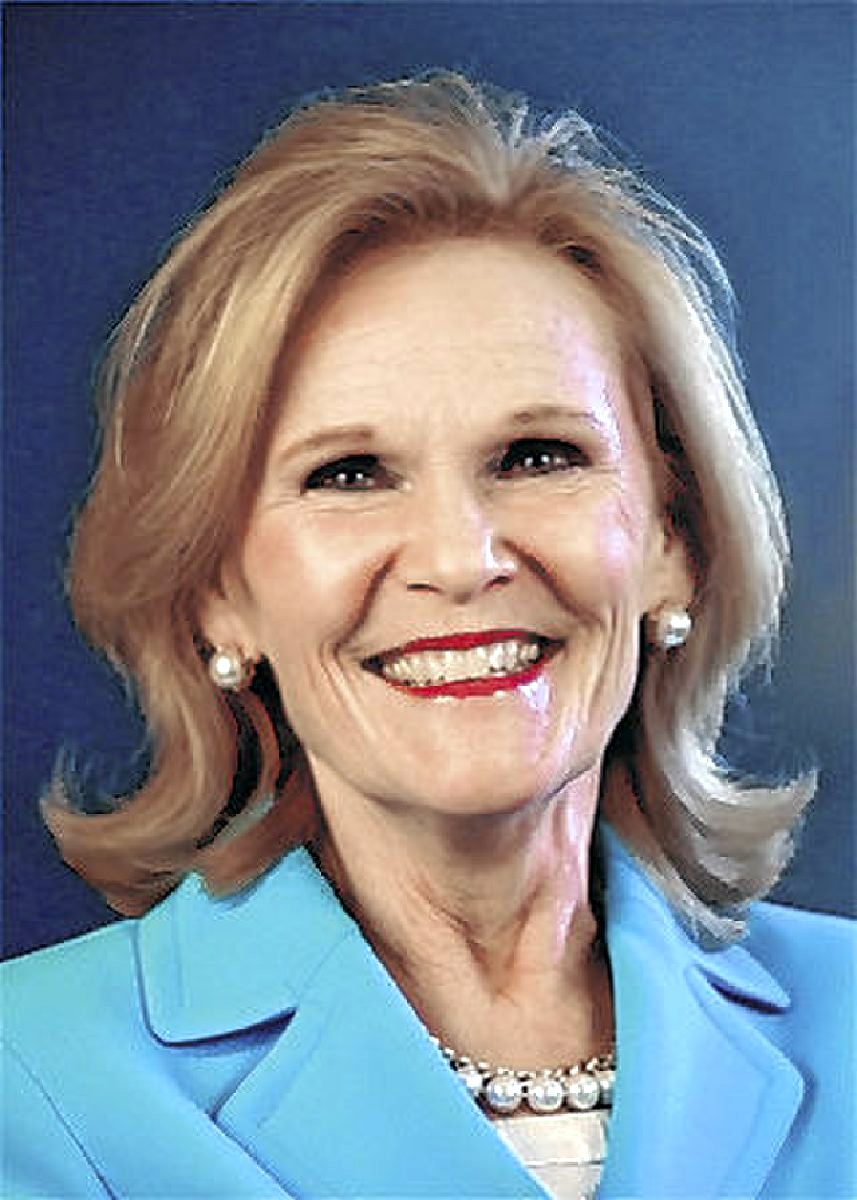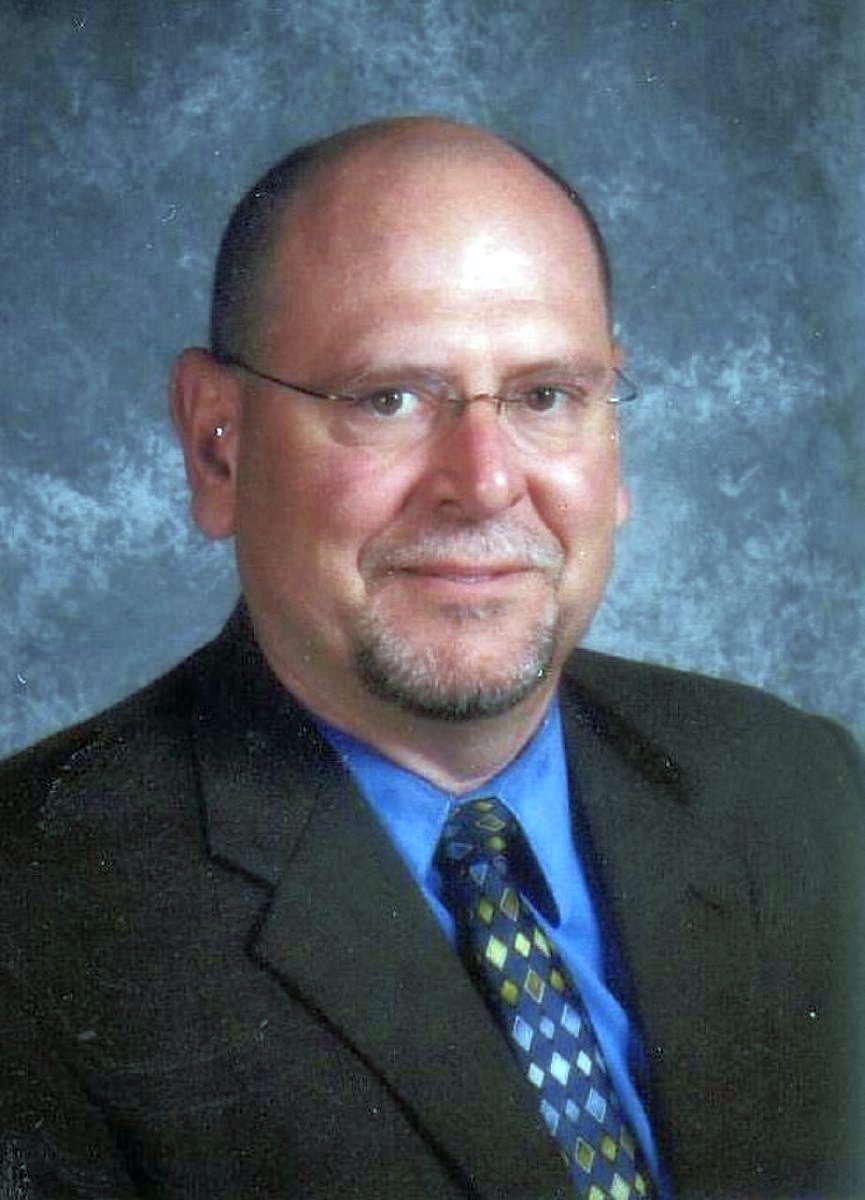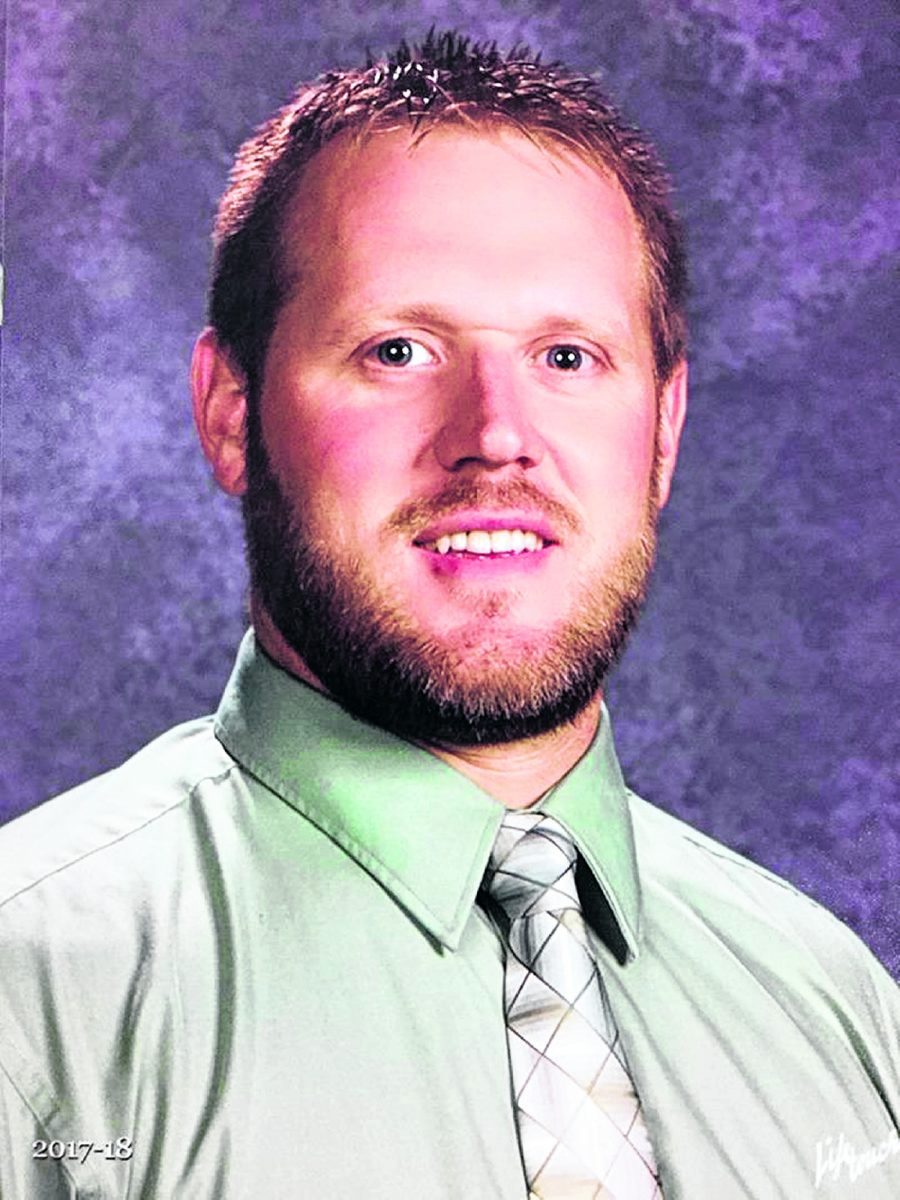
Indiana’s college-going rate is at its lowest point in recent history, continuing a steady decline over the past several years, according to a new report from the Indiana Commission for Higher Education.
Just 59% of the graduating high school Class of 2019 enrolled at the certificate, two-year and four-year degree levels, a drop of six percentage points over five years (65% in 2015).
The impact of the COVID-19 pandemic on Indiana’s college-going rate is not measured in the 2021 College Readiness Report, as the new data are for the graduating high school Class of 2019.
With a known decrease in fall 2020 enrollment for two- and four-year colleges, the commission anticipates the next readiness report could show continued decline.
“We cannot overlook the persistent questioning of the value of higher education as a factor in Indiana’s college-going decline,” Indiana Commissioner for Higher Education Teresa Lubbers said.
“Hoosiers with education beyond high school were less likely to be unemployed in the aftermath of the economic upheaval that took place last year,” she said. “Our challenge and opportunity must focus on increasing the higher education value proposition to Hoosiers while ensuring students are ready and able to access it.”
On a positive note, Indiana’s 21st Century Scholars college-going rate improved two percentage points to 88%. Scholars go to college at higher rates than their low-income (35%) and higher-income peers (64%) and are the only group on track to close Indiana’s college-going equity gap.
“The 21st Century Scholars program continues to be an example of how aspiration and preparation, coupled with the state’s commitment to ensuring that students can afford to go to college, closes access and achievement gaps for low-income students,” Lubbers said.
Additional report findings show students who earn the Academic Honors diploma are more likely to go to college. Almost 90% of those students go to college, compared to 46% of Core 40 earners and 14% of general diploma earners.
Also, more students are seeking shorter-term credentials (less than a two- or four-year degree). That percentage in 2019 more than doubled from the previous year (1.5% in 2018; 3.3% in 2019).
“Our charge is to ensure every student has access to the knowledge and experiences necessary to succeed in life and in their career,” Indiana Secretary of Education Katie Jenner said.
“Across Indiana, our K-12 schools are partnering with institutions of higher education as well as leaders in business and industry to provide intentional, future-focused pathways and opportunities for students,” she said. “These opportunities are critical to increasing Indiana’s college going-rate and in turn improving our students’ lifelong trajectory.”
Locally, Seymour High School Principal Greg Prange said it appears as though a majority of graduates understand the importance of lifelong learning, but in some instances, the student’s support system of promoting education stops after graduation.

“We hope that the revitalization of our construction, welding and manufacturing classes will guide more students into the trade occupations,” Prange said. “However, in most of these instances, there is still training and education of some degree still required.”
Prange said although this information is self-reported by graduates prior to their graduation, the following reported they were going to attend a four-year college, two-year college or technical/vocational school: 2020, 253 out of 356, 71.1%; 2019, 257 out of 356, 72.2%, 2018; 251 out of 310, 81%; and 2017, 218 out of 293, 74.4%.
Derrick Koch, a guidance counselor at Brownstown Central High School, said they had not yet completed the exit interview for the Class of 2021, but his gut feeling was that the four-year college attendance will continue to decrease.
“We have several that plan to attend a two-year college or attend local four-year colleges, such as IUPUC or IU Southeast,” Koch said. “Cost is a major issue when speaking with the current seniors.”

Many of the students simply cannot afford the tuition, room and board required to attend traditional college campuses, he said. In addition, the seniors have several outstanding local job and career opportunities.
“Many of our employers are providing training and a very competitive wage, and some students feel like the opportunities provided by the employer far outweigh the cost of a college education,” Koch said. “Quite frankly, I see that trend continuing if the cost of tuition continues to rise.”
BCHS statistics based off of senior exit interviews completed at the end of every school year show the following: 2018, 55% planned to attend a four-year college and 11% planned to attend a two-year college; 2019, 50% planned to attend a four-year college and 9% planned to attend a two-year college; and 2020, 43% planned to attend a four-year college and 14% planned to attend a two-year college.
At Trinity Lutheran High School, Principal Clayton Darlage said they are committed to serving each student as an individual child of God, not just a statistic.
“Staff and faculty at TLHS are dedicated to provide individualized attention to each student’s needs and ambitions in order to properly prepare them for what they desire to do after high school,” Darlage said. “As a ministry, we take pride in preparing our students to be Christian servants and leaders, whether that’s in college or vocational training, their career, in the military or in the workplace.”

The TLHS data show the following: 2017, 42 graduates, three military and 39 college (93%); 2018, 39 graduates, 38 college (97%) and one workforce; 2019, 31 graduates, one military, 29 college (94%) and one workforce; 2020, 27 graduates, one military and 26 college (96%); and 2021, 33 graduates, all planning on college (100%).
Crothersville High School Principal Doug Ballinger said things are a little different at his school.
Students pursue an associate degree in general studies or receive a two-year advanced technical certificate while in high school.
Austin, Crothersville and Southwestern high schools are a part of the associate degree program through Ivy Tech Community College.
“Graduate from high school and transfer your associate degree to any state college or university, now that’s putting those three extra years to work for you,” Ballinger said.
“The University Academy is a unique and different way to look at public education,” he said. “Over the years, public education added on years — kindergarten, then Pre-K — for a total of 14 years of schooling with the same outcome of a high school diploma.”
In addition, they are preparing kids for real-life issues with the certifications, such as CPR, first aid Heimlich maneuver/choking, internet safety, suicide prevention, water safety, fire safety, food safety, human trafficking, automobile safety and more.
